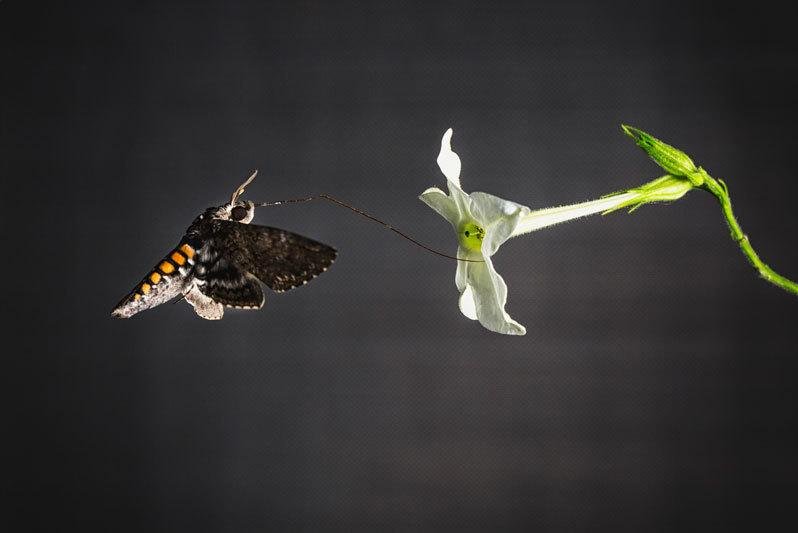JENA, Germany, May 18 (UPI) -- New research shows the hawk moth is attracted to the bouquet of the best-fitting flowers -- evidence of the power of the co-evolutionary process.
Charles Darwin long ago noticed that pollinators and nectar providers share a morphological congruity. The length of the hawk moth's proboscis, for example, is roughly the same length as its favorite flowers.















